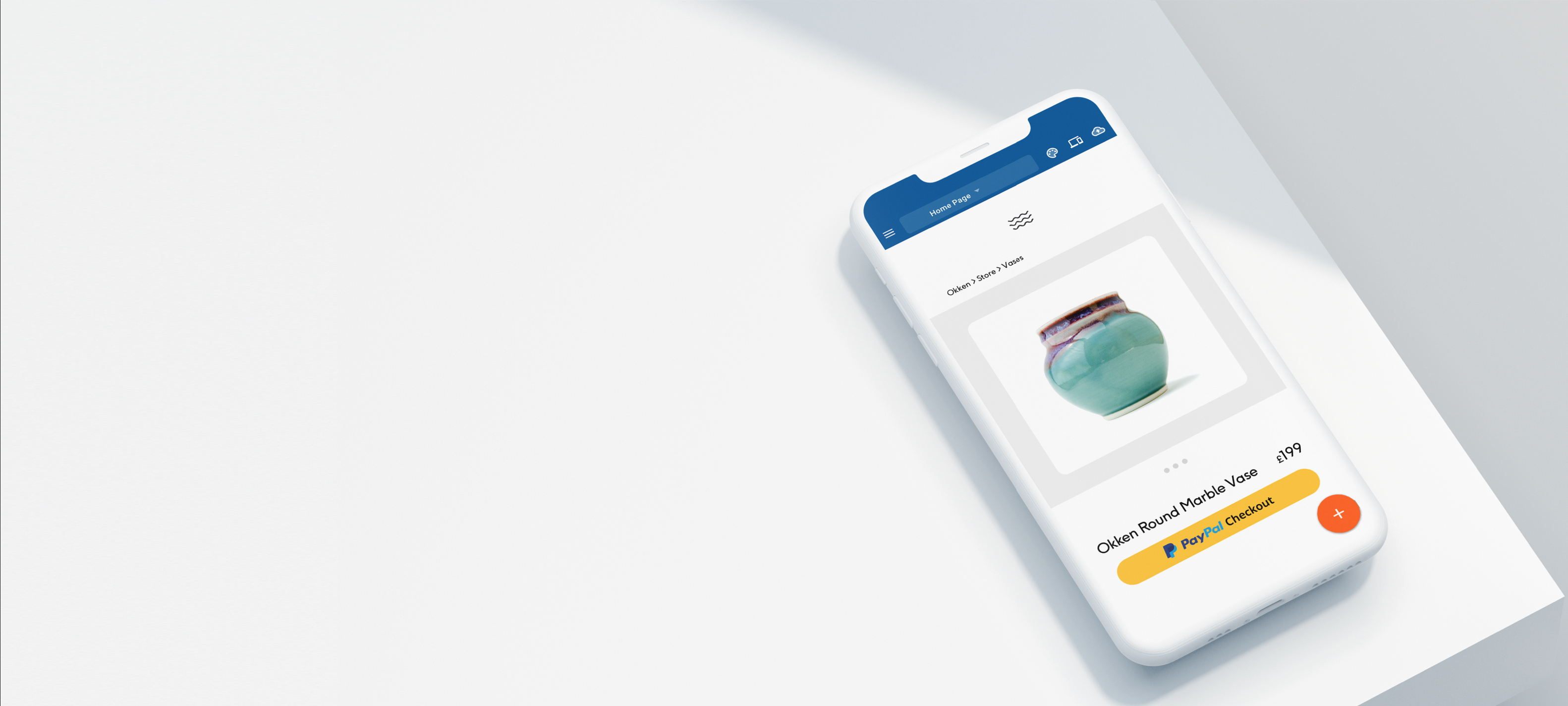When you’re opening your online store, it’s easy to get sidetracked by creating a stylish web design, uploading your beautiful product photos and publicising your ecommerce business. However, it’s also important to think about the most important bit – how you get paid! There are a multitude of ways you can get customers to pay for your products, and the most popular are payment gateways.
What is a payment gateway?
A payment gateway is a third party service between sellers and buyers. It takes money from the buyer and sends it to the seller’s bank account in a secure way. Essentially, it’s the virtual equivalent of a till that you’d find in a physical store.
Why do you need one?
Although it is possible to have an ecommerce store that is reliant on bank transfers and cash on delivery, most online retailers opt for a payment provider instead. They are easy to add to your website, and many website builders – like Go Sitebuilder – already have many integrated into their platform.
From a buyer’s perspective, a payment gateway offers convenience and efficiency; often they can pay with just one click, rather than having to get up and hunt out their card details from their wallet. This is likely to drive sales as there are no boundaries to them ordering your products. Online payment gateways also allow you to reach clients from all over the world, rather than being limited to one country.
Using a payment gateway also generally has a lower transaction cost, but most importantly they provide highly effective security and anti-fraud tools that keep both you and your customers safe. Although a bank transfer might seem easier, there are no security protections and having a PayPal or Stripe account will incite much more trust than just handing over your bank details for them to pay you.
One drawback of payment providers is that your customers will need to have an internet connection to be able to pay you, and they’ll need to input some of their personal data to be able to carry out the transaction. Read our blog on privacy policies to make sure you are protecting your and your customer’s data.
PayPal
Paypal has over 87 million active accounts in 190 markets and 24 currencies worldwide. This makes it a great option for small businesses because it’s easy to set up and use, your clients will already be familiar with it, and they have cheap fees. You also don’t need a specialised merchant account to sell things online with PayPal, which removes another set-up hassle.
However, due to their popularity, it can be difficult to reach their customer service department, and if you breach the terms of use they can suspend your account. Be aware that PayPal’s Seller Protection policies don’t cover digital goods, so it might not be the best option if you’re selling technology.
Stripe
Stripe is rapidly joining PayPal as a leader in online payment gateways. The two have the same fee per transaction, and offer basic plans with no setup costs, monthly fees or contracts. Simple to set up, Stripe allows you to offer your customers discounts and coupon codes, lets you pro-rata charges and makes it easy to rebill a customer without having to store their credit card details.
It has a seamless checkout experience, that enables the buyer to stay on your site when making a payment, rather than being redirected to a third party site. It even gives you a clear interface of graphs and charts so you can keep track of your finances.
However, Stripe has the ability to freeze or cancel your account with little notice. If it decides your account looks risky, they can hold your funds or shut your account down completely, although this isn’t common. It also has a suite of complex tools and functionalities that you are unlikely to use.
WorldPay Online
WorldPay is the largest processing company in the United Kingdom, handling over 40% of all card transactions. It accepts 116 currencies, PayPal and all major credit and debit cards, is optimised for mobile and tablet use, and has strong security features. Unlike PayPal and Stripe, however, it does have an online setup fee of £25.
If you haven’t set up your website yet, WorldPay online does offer a pay by link option, where your customers can pay you securely just by clicking a link. They don’t have their pricing and transactional costs published online as they vary depending on your volume and business type, but you can request a quote.
There are a multitude of online payment gateways available, but if you’re just starting out with your online store, we recommend going with the simplest option, and ideally one that is already integrated with your website builder. At Go Sitebuilder, with just a few clicks you can decide whether you want PayPal, WorldPay Online, Stripe and 2Checkout, but we can add others if you need them. At £9.99 per month our package includes an integrated ecommerce platform with no restrictions on selling, meaning we are one of the cheapest website builders in the UK for ecommerce. Don’t take our word for it – try our 14-day free trial today!










